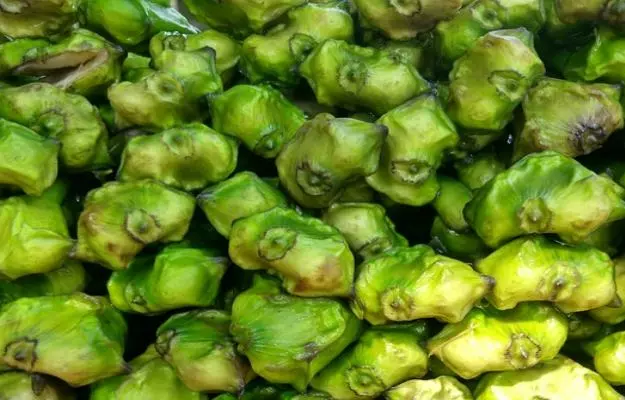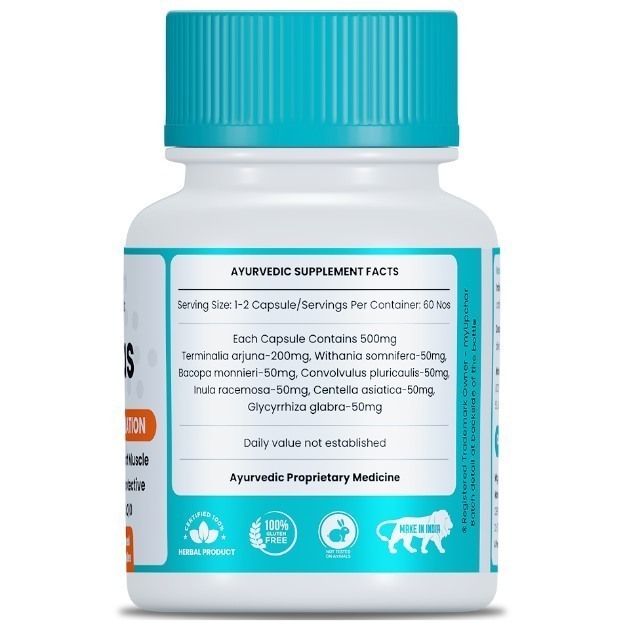Water Chestnut is a black coloured fruit with a single white seed inside. The edible part is the seed and the outer part usually looks unattractive. This fruit is not available all through the year, but only after the beginning of monsoon until the start of the winter season. The white chestnut fruit has a resemblance to the head of a bull, and it is also called as a buffalo nut. The fruit is primarily cultivated for its fleshy and juicy seed which is somewhat triangular in shape and usually white in colour. Commonly called Singhara, water chestnut is also known by a few other names like water caltrop, devil’s pod, death flower, etc.
Whenever you purchase water chestnuts, ensure that you buy only those that look firm and are free of wrinkles. The fruit should be thoroughly rinsed before consumption. Unpeeled water chestnuts can be preserved for up to a week if stored in a refrigerator. So, It is best to peel the outer layer of the fruit right before consumption
Singharas are sweet fruits which can be consumed raw or roasted. It can also be prepared into a clear soup, or grounded into a flour. Southeast Asian countries, especially the Chinese cuisine cannot be imagined without the crunchy and sweet flavour of water chestnuts. Interestingly, steamed water chestnuts taste like potatoes. Singhara flour is used to make rotis and other food items during the festival of Navratra in India. This fruit can be used to make juices too.
Singhara cultivation in India dates back to more than 3,000 years. It is now cultivated and commercialized in a number of countries including Sri Lanka, Bangladesh, Pakistan, Thailand, China, Taiwan, and Australia. The plant grows in lakes, marshes, and even in small ponds. Rich organic content and good sunlight are essential for its growth.
Water chestnut is not only used for cooking but also widely used in Ayurvedic and Unani medicines. It is known to have innumerable medicinal values and is an excellent coolant for the body. SInghara is low in cholesterol and is thus an ideal snack option. They also have anticancer, antibacterial and antioxidant properties.
Basic facts about Water Chestnut:
- Scientific name: Trapa natans L.
- Family: Trapaceae
- Common name: Water chestnut in English, singhara or paniphal in Hindi
- Sanskrit name: sringataka
- Parts used: Seeds
- Native and geographical distribution: The Water chestnut is native to Europe, Asia, and Africa. Tropical and warm temperate regions are ideal for growing this. North America was first introduced to water chestnuts in the 1870’s. Later it spread to other places in America such as New York, Maryland, Connecticut, etc. It is grown extensively in Australia and Northeastern North America.
- Interesting facts: The water chestnut seeds are grounded in the flour form and used for baking ‘water chestnut cake’ which is a part of the Dim Sum cuisine. Generally considered a nut, water chestnut is actually a vegetable.


































